Find the Bright Spots: A Virtual STEAM Story
A MiddleWeb Blog
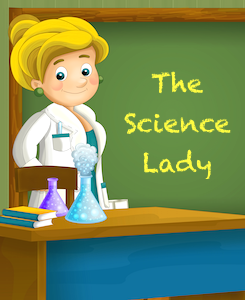 In March, teachers and students were sent home. Schools stepped up and everybody worked together to try to keep the learning moving forward for the students. The buildings closed but the learning did not stop.
In March, teachers and students were sent home. Schools stepped up and everybody worked together to try to keep the learning moving forward for the students. The buildings closed but the learning did not stop.
Fast forward to early June. I began to hear stories about how the students were losing ground. Conversations about remediation began moving to the forefront. How would we ever “catch kids up”? I became fearful that the students were going to have to deal with the results of teachers climbing onto the “make up the learning” bandwagon.
I knew in my heart and my teacher brain that “making up lost learning” was the wrong way to frame the future. I really was distraught about what I was hearing everywhere.
And then…
And then I called Beth Topinka, a colleague from New Jersey, where she’s a STEAM Lab teacher for grades 2-5. When I asked her how things were going, she began to bubble over with excitement. She told me about a project her science students had done from home that had them searching for solutions to a familiar archeological problem – packaging and transporting fossils.
I got so excited that I asked her if I could share her story during an upcoming presentation. She not only said yes, she became a big part of the presentation. That presentation and first conversation with Beth became the foundation of my thinking about what we can do to begin to change the narrative. We can find the ✻bright spots✻ and build on their success. We can move forward using what worked in the spring and summer as our traction.
So read on with that in mind. Let me tell you about what Beth did. I’ll warn all you middle school readers that it’s a 3rd grade story. But if you’ll stick with me, I think you’ll agree the framework is solid and adaptable for grades 3-8.
The Fossil Transport Project
Beth started this unit by having students watch the American Museum of Natural History short video Fossil Hunting In the Gobi – Shelf Life 360 (created from old films in the collection) and then doing a Notice and Wonder activity that included any questions they had after watching the video.
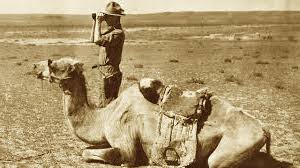
Students then answered questions on this teacher-made worksheet about the hazards faced by the discovered fossils as they were moved from the Gobi Desert to a museum in New York City.
With some background and prior knowledge in place, Beth had a live Zoom session where students shared observations and thoughts about transportation hazards, plus what packaging materials would have been available (or not!) at the time the move took place (no bubble wrap in the 1920s!).
Beth then presented the engineering design challenge. Each student got a STEAM notebook package. This was Beth’s first attempt at staging a project-scale activity in a remote learning environment, and she was about to learn something many of you may have learned by now: what can be managed with teacher help in the classroom face-to-face may fall flat “at a distance.”
Parent feedback
As students began to grapple with the STEAM notebook package, Beth received some quick feedback from a parent:
“I got an email saying the engineering design challenge packet was too daunting. I had shared the engineering notebook we use each year in our STEAM lab, where we work through the notebook 1-2 pages at a time. The parent insisted that it was too much for her daughter to understand, and that all the work sent home for science should be do-able by the student independently without parent help, since parents have jobs that take their full attention.”
Beth thoughtfully considered what the parent had said and realized that the notebook packet would indeed be daunting for a 3rd grader and her parents.
“My school’s computer teacher had recently recommended Google Drawings as a useful tool, so I watched her instructional videos (one for teachers and one for students), then simplified my engineering notebook tasks into 3 Google Drawing pages. I emailed the drafts to the parent, asking for her opinion and suggestions. Wow, what a difference that made! She was so thankful to be consulted, and absolutely loved the revised notebook.”
The project learning was underway, thanks to a parent who began with a criticism and ultimately provided the confirmation Beth needed as she worked to improve her online strategies.
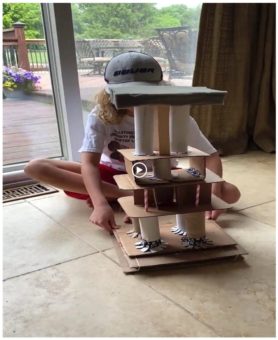
Her kids made shake tables and tested the sturdiness of their fossil packages, recording their observations and results. Students – for the most part isolated at home – went above and beyond the things Beth had seen in their engineering projects in years before.
 Build on the Bright Spots
Build on the Bright Spots
Last spring, in the midst of so-called “crisis” teaching, Beth and so many other teachers saw students demonstrating flexibility and responding creatively to different and often difficult situations with a resilience that often surprised us.
This fall, in virtual, blended, and face-to-face learning environments, science instruction will be developed based on the skills and tools the teachers have mastered over the summer. Teachers will plan by building on the bright spots they discovered last spring as the result of having to figure out teaching remotely. All of those brights spots will be leveraged and built upon to provide amazing science instruction for the students.
First and foremost, we should be starting the year off building relationships with parents and students. If that’s not happening yet, it’s a top priority. This photo I saw on Twitter sums up where we need to begin this school year, not only in science but across the disciplines.
I really believe we’ll be just fine when the immediate crisis is done and we’re all together again. If we remember the bright-spot lessons we’ve learned, we won’t be thinking “remedial” – we’ll be thinking new, and different, and better than ever before!

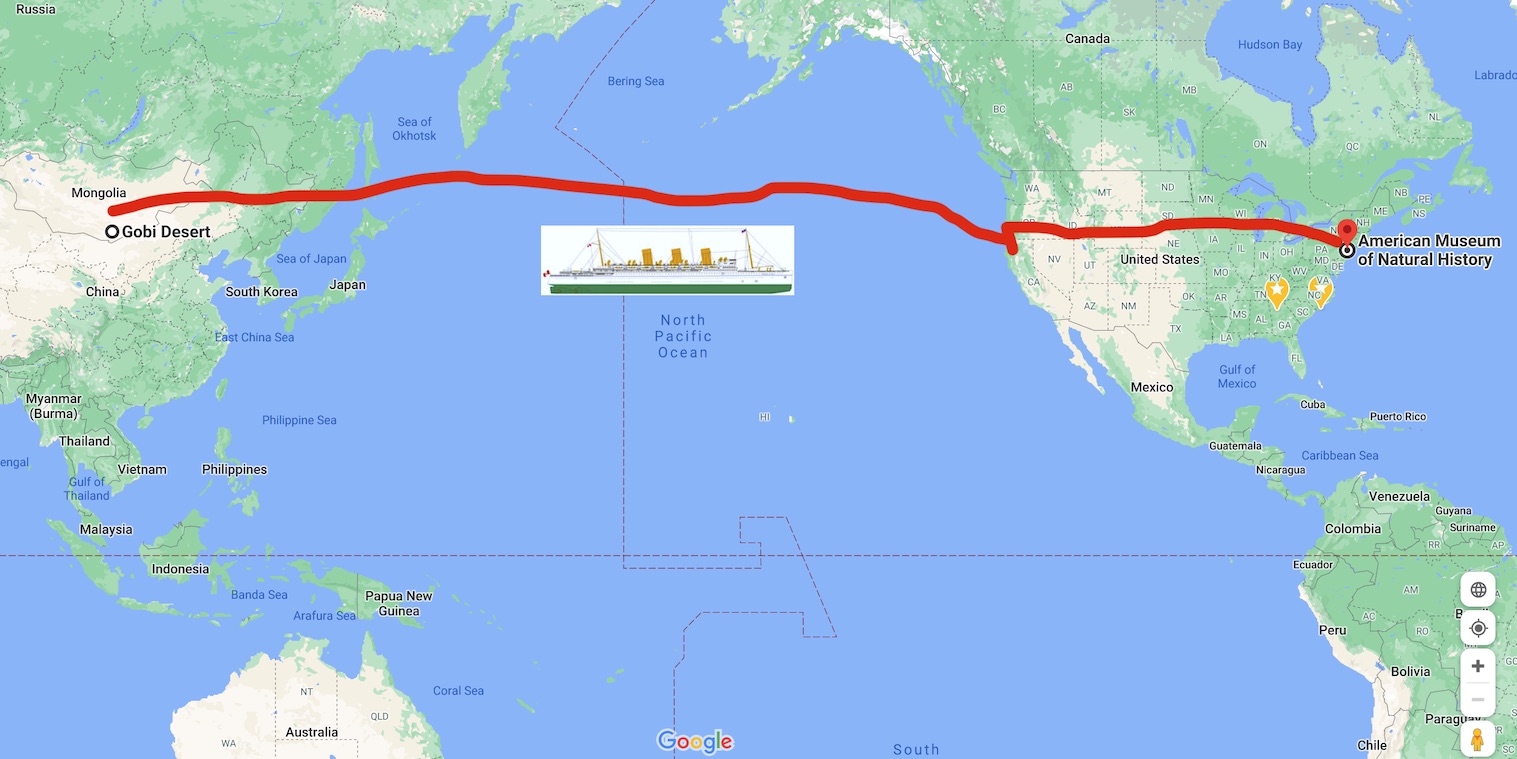
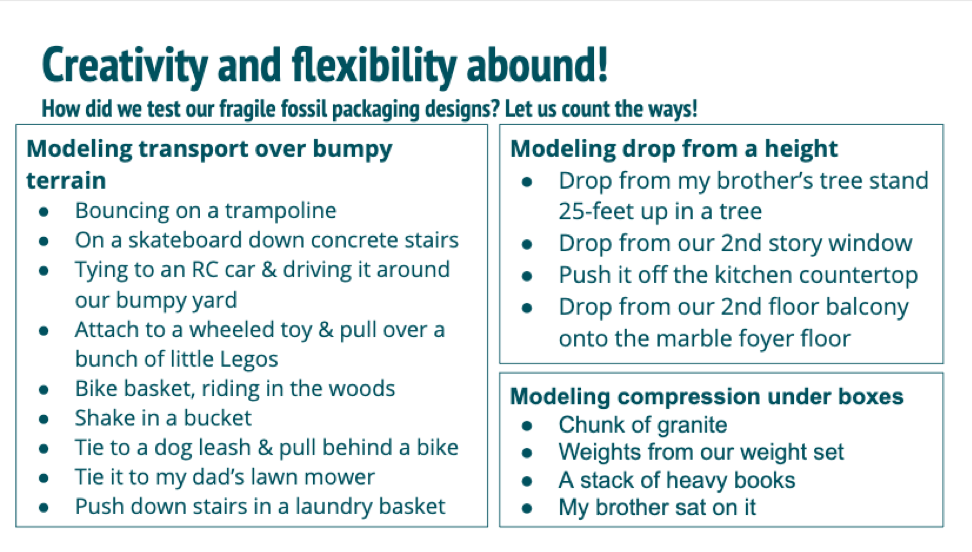
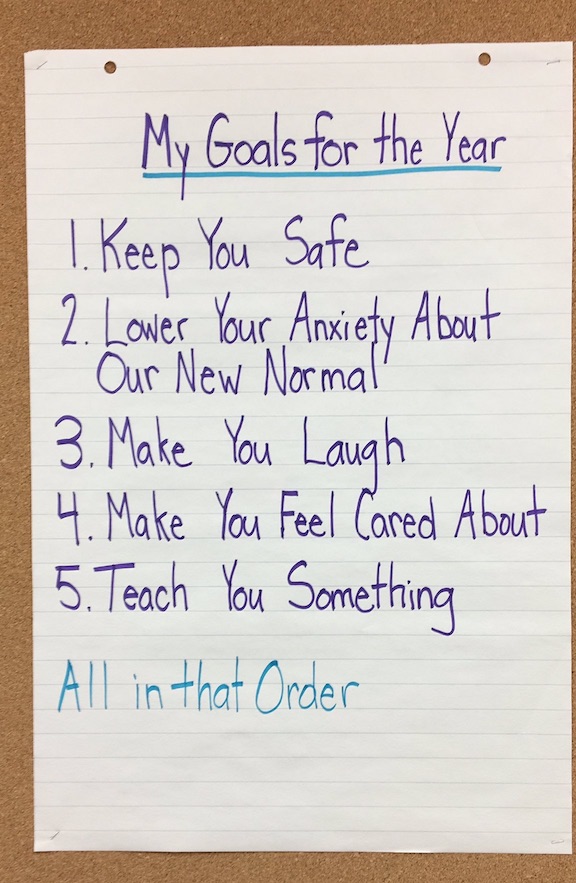



































I love that post, Kathy! What a great example of flexibility and willingness to learn on the teachers’ part, a creative approach to a science project, and a way to bring parents aboard. Thanks for posting that!
Thanks so much Anne. I appreciate your kind words. Beth Topinka is an amazing STEAM teacher !
Thanks for sharing, Kathy! Great story.
Thanks Lori. We all need to keep finding and leveraging the bright spots. Teachers are doing incredible work in the incredibly difficult times.
Kathy
Thank you for the insights and looking for “Bright Spots” in this way. Kathy, I am posting this for my online graduate students and other teachers I know who are exhausted and struggling to survive & thrive along with their students during these uncertain times!
Thank you Suzanne for your kind words
“You GO! Science Girl! So impressive! My heart smiles with all the science we worked on together over the years!
A great team we were! Working with Janice, Gregg Humphreys and Maura Carlson just to name a few. I have the log cabin replica Fred made for me. It inspires to this day. I just bought 2 picture books Dreaming Up and Look at that Structure. Be well my friend:
Hi Kathy
Thank you for sharing your experience. Team work really makes the dream work. Parents’ involvement in their child’s education plays an integral role as well. It goes to show us that as educators our approach in creating instruction has to change to suit the current situation in education.
I found several ideas I’ll share with my teachers. Thank you.
I would love to know more about what ideas you found worthwhile to share with your teachers. I’m currently working on a new piece about helping teachers engage students in science during this time of the pandemic.